History
Know our 200 years of the history as municipalityKnow our 200 years of the history as municipality
In the history of this municipality is written in capital letters a word with a lot of meaning:
volcanoes. As many as four eruptions have occurred on its soil in the last 343 years. If we add to the scarcity of water a not very favorable climate and the repeated volcanic eruptions, it is easy to guess the enormous inconveniences that have had to endure its neighbors since the same time they occupied this place. With these eruptions, the locals lost the best cultivation sites, entire crops and even some human lives. Some chroniclers say that, faced with the tremendous desolation produced by some episodes, many residents chose to move to other towns.
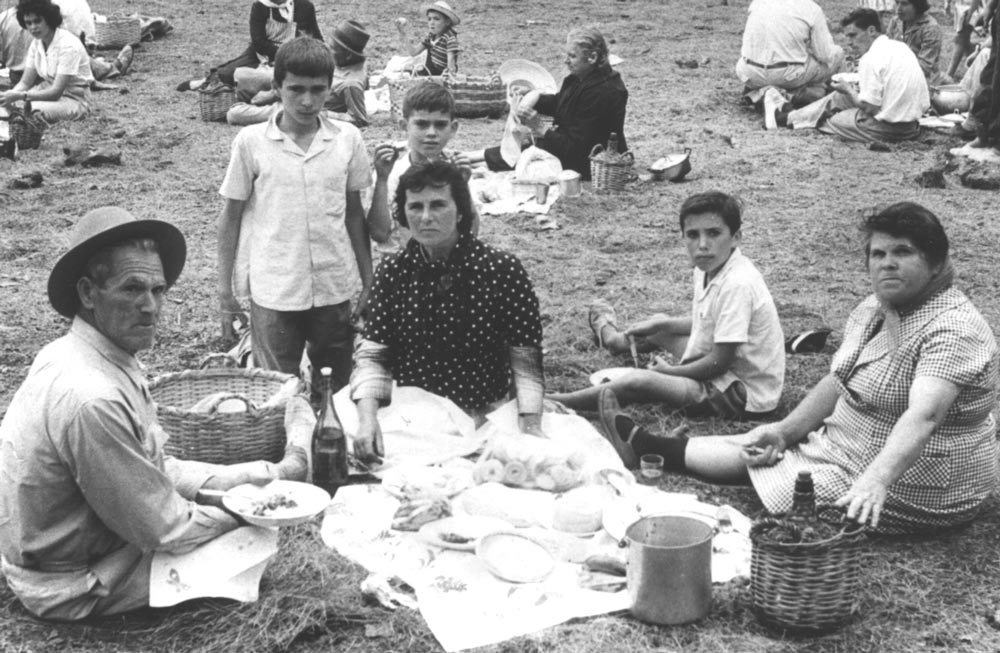
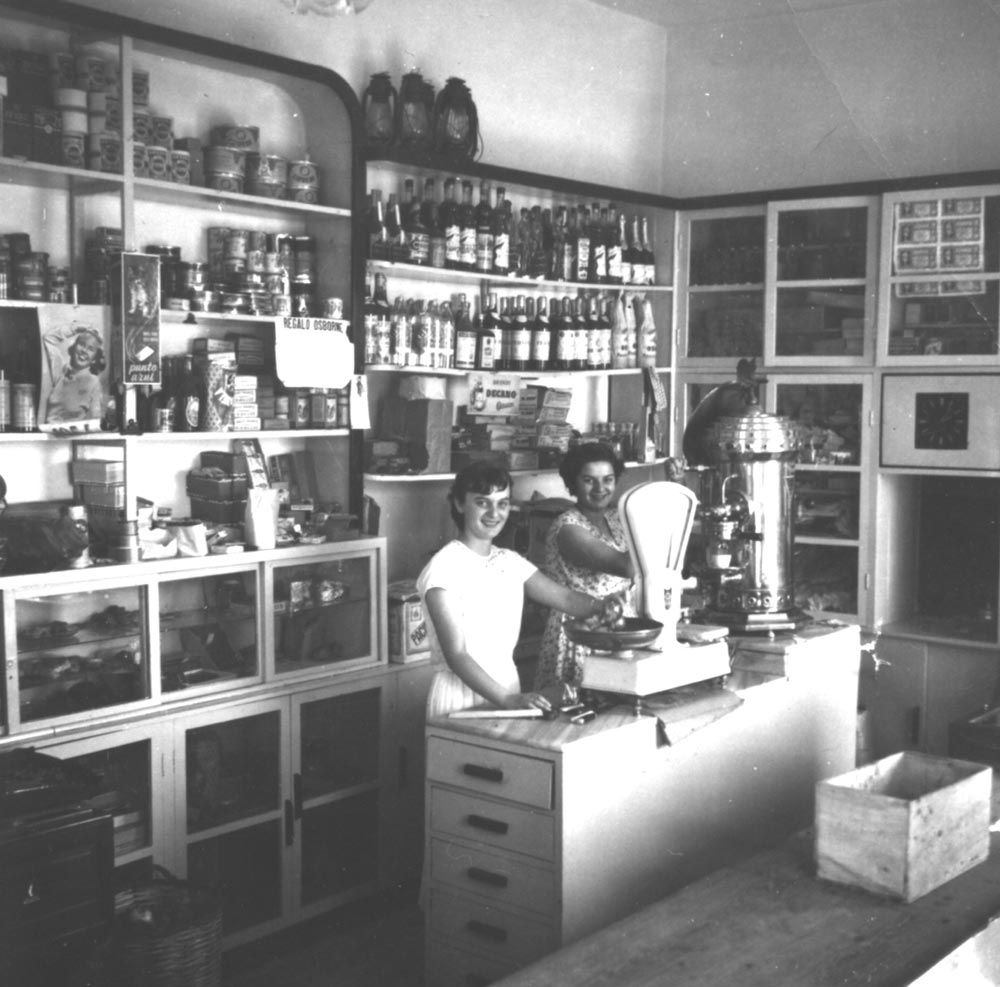
With the arrival of water, everything was changing. These lands that once seemed poor, the water was necessary to produce everything and in abundance. The coast of municipality, formed by different eruptions, was covered by 250 hectares of banana plantations. Under the thickness layers of volcanic sand, which acts as a sponge to retains moisture, is the fertile soil that gives the famous malvasía wines and other varities. It was for many years sustain the local economy.
The 67% of the superface of municipality is included in the protected area on La Palma,which give us an ideaof the natural resources it has and attract a multitude of visitors. This has led to a notable growth in number of tourist bed in this town, currently having the largest hotel on the island of La Palma. It located on the coast and surrounded by banana plantations.

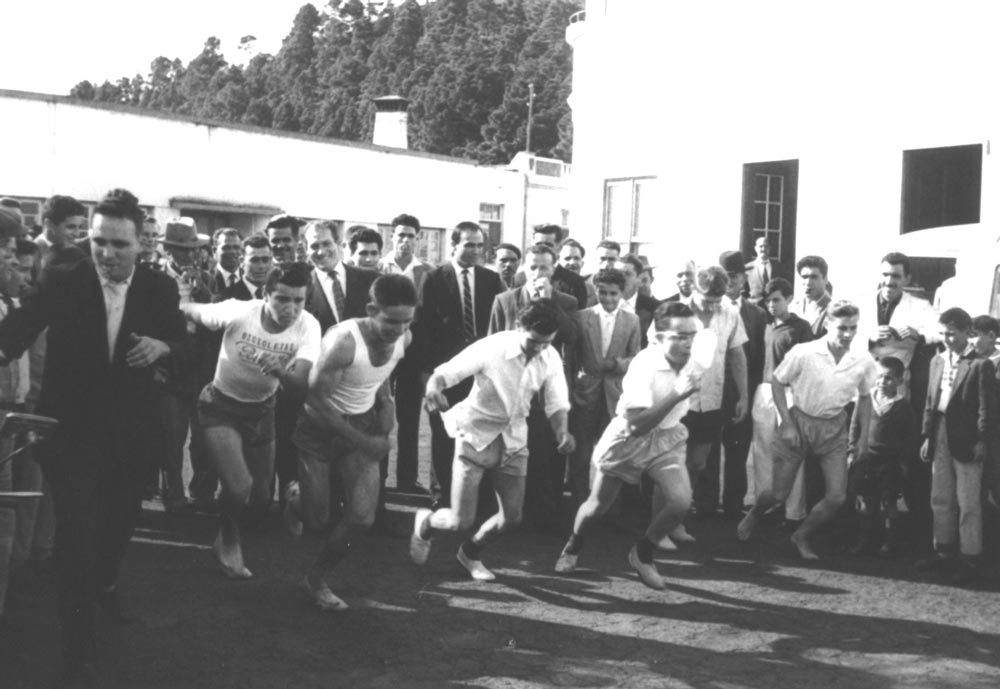
We can´t understand the story of Fuencaliente without mentioning the Fuente Santa(Holy Spring). This hot spring, already used by the pre-Hispanic population, attracted sick people from all over Europe and America in search of a cure for diseases, including syphilis, leprosy, rheumatism, osteoarthritis and any other diseases of skin or wound healings, which gave renown and not a few benefits to this suffered locality, being this the greatest source of wealth that the island had. The famous spring was buried by a layer of lava from the eruption of the San Antonio Volcano (1677). For more than three centuries, there were many attempts to recover it. It was intensely searched, there were as many attempts as generations have inhabited the island until, finally, in 2005, a team of engineers from the Government of the Canary Islands, led by Carlos Soler, found it making a tunnel to reach the point where today water is found at temperatures of up to 50ºC.
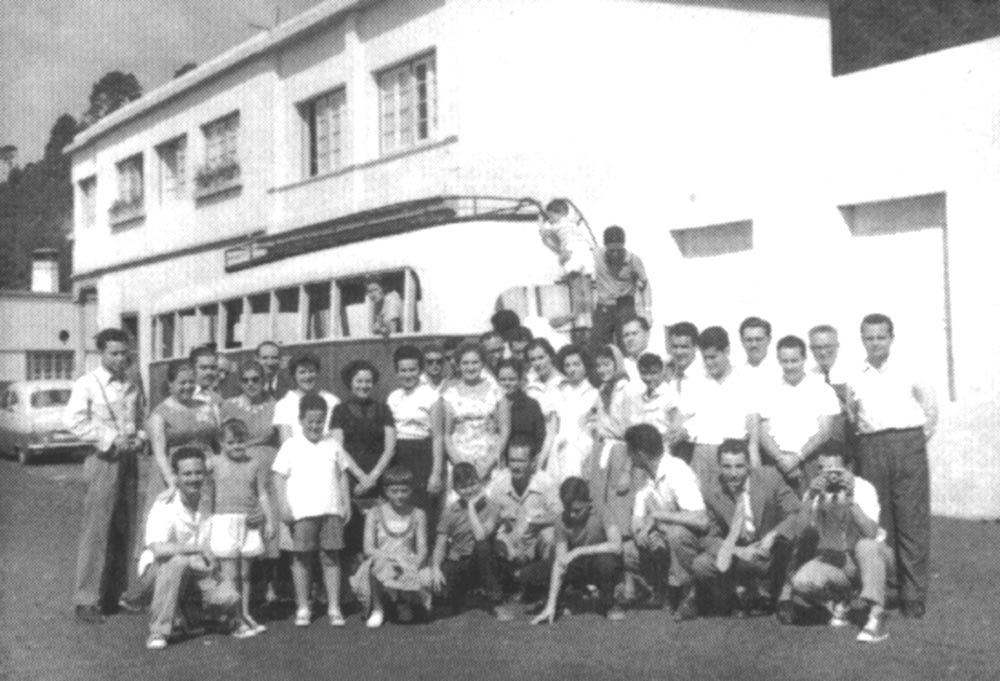
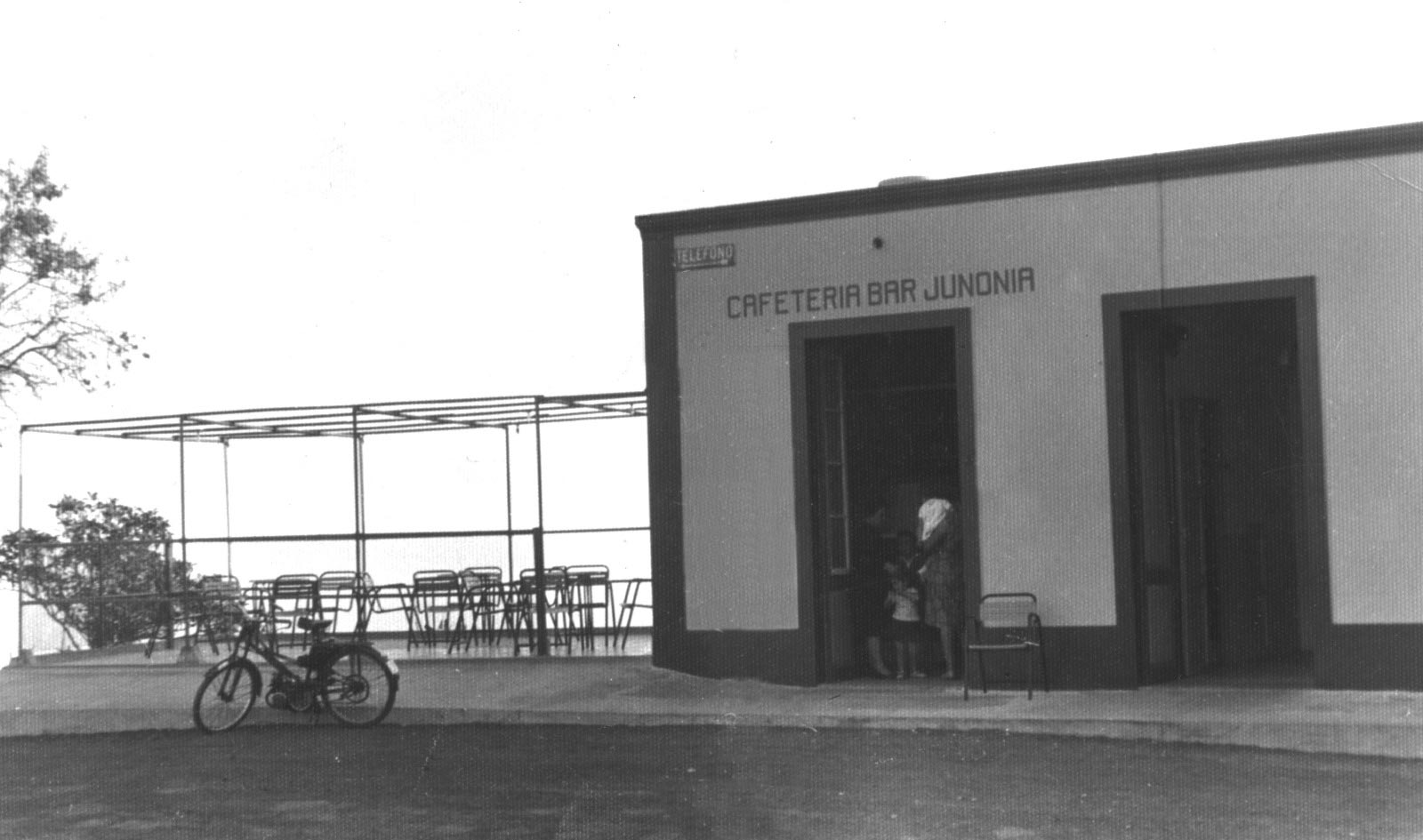
In the 19th century, the independence process began due to the unrest that existed among the neighbors due to the large distance of the administrative services. On February 19, 1837 the segregation of Mazo was achieved, consolidating its municipality.
In the payment of Fuencaliente Place of Mazo Island of La Palma today Sunday, February 19th of 1837, gathered in the Town Hall under the presidency of Mr. José Yanez Pérez, first constitutional Mayor of this place and in my presence, Secretary of the Electors appointed by popular vote as recorded in the note of the Parish Board, celebrated on Sunday of this month, As provided by Provincial Council. On December 7th, 1836 after these gentlemen have conferred among themselves to find out who could serve the municipal jobs of the Republic, which are a Mayor, Four councilors and a municipal attorney in accordance with Article 4 of the Decree of Courts of 23th of May 1812 and they were due to having gathered the absolute plurality of votes, Mr. Antonio Hernández Rodríguez for mayor by six votes, Mr. Mariano Pérez Rios for second town councilor by four votes, Mr Blas Hernández García for third town councilor by five votes, Mr Antonio Felipe Torres for fourth town councilor by five votes,and for Attorney The General Mr. Marcos Domingo by seven votes which it was dissolved and concluded the approval signed by the President with his sign of the cross of which the secretary attests ”.
Foundation act of Fuencaliente de La Palma. Verbatim transcription.



